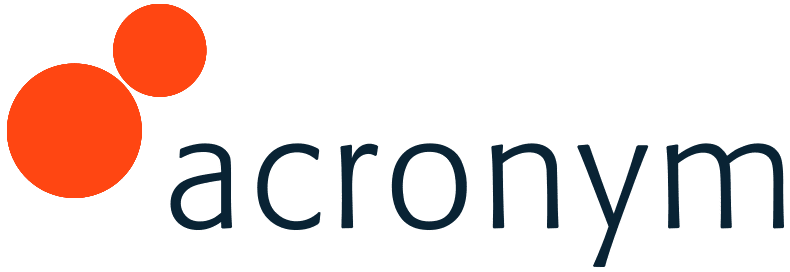 Google Search Console, formerly known as Google Webmaster Tools has really grown into a very sophisticated diagnostic and analytics center over the years. With Google providing less and less data to search engine marketers, i.e. limiting visits and conversions from keywords, limiting search volume data from Google Keyword Planner, etc., Google Search Console is the best source for getting insights into organic performance, in my professional opinion. Luckily there are some solutions out there to get your keyword level data back.
Google Search Console, formerly known as Google Webmaster Tools has really grown into a very sophisticated diagnostic and analytics center over the years. With Google providing less and less data to search engine marketers, i.e. limiting visits and conversions from keywords, limiting search volume data from Google Keyword Planner, etc., Google Search Console is the best source for getting insights into organic performance, in my professional opinion. Luckily there are some solutions out there to get your keyword level data back.
With Google Search Console being such a powerful resource, there are some functionalities that SEOs should be using and checking for good SEO performance and health.
Users Are Going Mobile
Google states that end users spend up to 177 minutes per day on their mobile phone, which is a lot of time; nearly 50% of users will leave the site if it does not load within 3 seconds. The mobile section of Google Search Console can help you dig into your pages and let you know if they are mobile friendly, or if there are any usability problems for visitors from mobile phones. If there are, you can find details on what items you need to fix and address them accordingly. I’m waiting for Google to add Page Speed into Google Search Console, so you can see how fast your internal pages are as well.
AMP
AMP (Accelerated Mobile Pages) is now part of Google Search Console. This section has a lot of useful information that could help programmers create fast-loading HTML and JS pages in order to make sure that your web pages load as quickly as possible to deliver content to end users as fast as possible. All SEOs should look into using AMP now that it has been included in the SERPs; it is not only useful for publishers.
Data Highlighter
For those of us non-technical folks, the Data Highlighter can become your best friend. This tool can help you tag the data fields on your site and create Structured Data. The good news is that you don’t need to be a programmer to write the code snippets in your HTML.
For one of my former clients, Reynolds, we used Data Highlighter to tag their data (cook time, ingredients, prep time, etc.). This was very helpful for getting rich snippets on search results pages with the recipe information that was marked up. Once we added this, we saw an 8 percent rise in click-through rates within in a 3 month period.
Crawl Errors
Crawl errors is one of my favorite sections in Google Search Console where you can really dig in and get granular level insights into how Google crawls your site and what type of errors they encountered, e.g. sitemaps, redirect and 404 status codes, etc. and when they occurred. Lost some traffic? Crawl errors may be a good starting point to explore.
HTML Improvements
While on-page optimization still has some value and is a very basic component of SEO, this section gives you insights into what page-level issues that Google has found with your site. This could consistent of the following:
- Duplicate/long/short Meta descriptions
- Missing/duplicate/long/short title tags
- Content that is not indexable
Each page has the opportunity to rank for non-branded and branded keywords, and all pages should have unique content, title tags and Meta Data.
Search Traffic
With the loss of keyword level data, Google Search Console gives us deep insights into how often your site showed up in the SERP results. You can find other invaluable information under the search analytics section of Search traffic. This section provides detailed information on how many clicks your keywords generated, the number of impressions, devices, countries, positions, and more. It can give you quite valuable insights into keyword performance.
Internal Linking
Cross linking, otherwise known as internal linking, is an easy way to pass link equity to internal pages, help create a stronger link profile, and improve your rankings. Google Search Console provides metrics on how many internal links you have coming in to the pages, so you can see what pages need more or less internal links.
Manual Actions
The report alerts you when your site is penalized for spam or unethical techniques that violate Google’s quality guidelines.
Index
The Google Index section of Search Console is another important section that all SEOs should pay close attention too. The index status will give you an overview on how many pages Google has indexed. If Google has not indexed your site or certain sections of your site, then you have a big problem and should look at your site for penalties, technical issues, etc. The Blocked resources section will provide you with some detailed data if you have any valuable resources blocked from Googlebot i.e. JS, CSS, etc.
Remove URLs is a good resource to use if you need to remove some content from Google i.e. duplicate or low value pages, etc. By submitting the URLs, you can temporarily stop Google from showing the URLs, but you should look at alternative methods to permanently block the content through tagging and robots.txt, etc.
Sitelinks
Sitelinks are extra links that show up in the SERPs when a user searches for some mostly branded, and usually the first listing for unbranded keywords. Unfortunately sitelinks are automatically generated and can drive users to deep level pages on the site and can improve click through rates by giving users more options to find additional information. If you have a sitelink that Google is showing and you don’t like it, you can demote it.
Final Thoughts
Over the years, Google has made a lot of changes and improved communications on how webmasters can improve their site and optimize their web pages for search. Google Search Console is one of the best tools that allow us to dig into the data, get insights and make changes to make sure our sites are optimized. Of course, there are more features that GSC has that are not mentioned in this post but I hope I did manage to cover the ten things, as an SEO you can’t live without.









